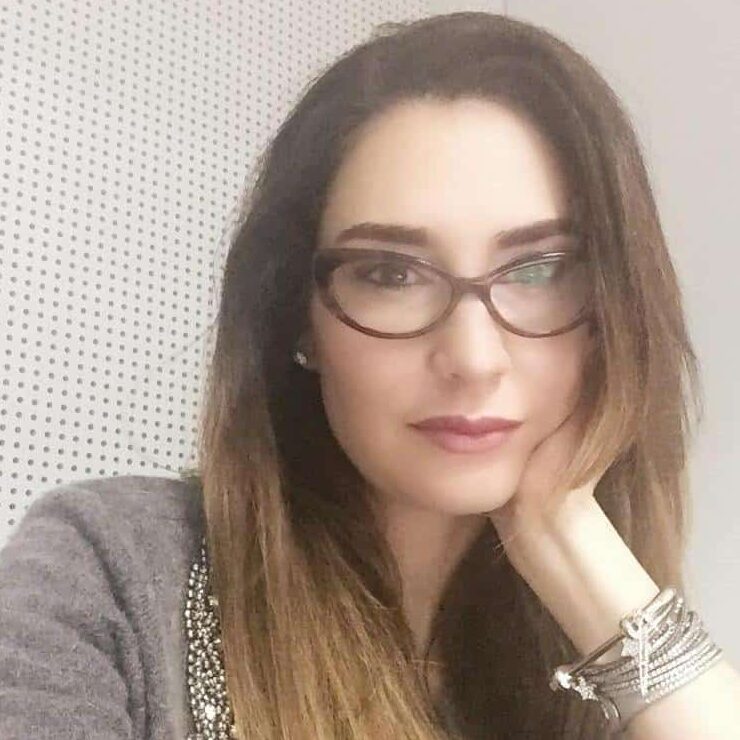For Yasemin and her friends, a typical summer Saturday night begins at a bar in north Nicosia and ends at another one in the south. “Or our friends from the south come and join us in the north,” she says casually. “It’s a five-minute walk.”
At 22, this bubbly, bright young woman belongs to a generation of Turkish Cypriots that does not remember the days when there were no crossing points and travel between the two sides of Cyprus was impossible. Crossing over to the “other side” is the norm for her. She shops for her favourite international brands in the south, travels from Larnaca airport, hangs out with Greek Cypriot friends on either side of the island, and can’t live without an occasional Starbucks coffee, again in the south.
Yasemin was two years old when travel restrictions between the two sides of the island were eased almost overnight on April 23, 2003. Two days earlier, Serdar Denktaş, who was at the time responsible for the tourism dossier in the north, had caught everyone off guard when he announced during a live broadcast, that the administration he was part of would “open the doors” – a decision probably rooted in unrest in the Turkish Cypriot community and the cases facing Turkey at the European Court of Human Rights.
At 9.30am on April 23, thousands of Greek and Turkish Cypriots crowded the Ledra Palace, Pyla and Akyar/Strovilia checkpoints crossed to the other side of their own country for the first time in decades.
“I was apparently in my pushchair,” says Yasemin, whose father is from Limassol and did not lose time to go back to the city where he spent his childhood.
The numbers crossing gradually increased over the years as more checkpoints opened, the stigma around crossings faded, relationships were built and cheaper prices or more choice on the other side lured shoppers. According to the research by academics Charis Psaltis and Deniz Yucel, since 2003 it is estimated that about 70 per cent of the residents from both communities has crossed at least once to the other side. Last year, Turkish Cypriots used the crossing points 1.9 million times, while Greek Cypriots used them 2.8 million times.
As a little girl, Yasemin remembers crossing regularly with her parents and grandparents to visit Greek Cypriot friends. At 11 she passed an exam to study at the English School in the south. From then until the age of 18, she travelled every school day the northern coastal town of Kyrenia to Nicosia and then on to school.
“To me it was the most normal thing,” she said. “I didn’t really realise how crazy it was until I started university and me and my friends started talking about our daily routines back at home. It would really confuse people when I said I had to drive all that way and show my ID to go to school.”
In those seven years, Yasemin forged friendships with Greek Cypriots, went camping with them in Troodos and had “amazing teachers, who did not care that I am a Turkish Cypriot.”
Did she not experience any negativity? “Of course, I did,” she said airily. “Once this kid told me to go back to where I am from. And I was like: ‘To where? Limassol?’”
She laughed and recalled another very “proudly Greek” classmate, who was always cold towards the Turkish Cypriots. “But one day he confessed that he bought his tobacco from the north because it’s cheaper,” she said. “He at least gave us that! He said we have cheap tobacco and he appreciated it!
“It’s funny,” she added. “It’s the same with us. Even the most right-wing Turkish Cypriots I know also go to the south every week to eat McDonalds or shop for brands.”
She herself feels she has rather more to be grateful for. Currently studying law at UCL, one of the UK’s top ten universities, she said that is “thanks to my teachers, who put in so much effort on me. If it weren’t for them, I would not be in this school today.”
How casually she had come to view crossing hit home during Covid, when the checkpoints were again closed. “I would feel trapped,” she said. “Very isolated.
“My friends were on the other side of the crossing point and for the first time, it wasn’t a five-minute walk anymore. It was weird. I mean, we couldn’t get Starbucks for the whole summer.”
For friends who crossed over each day to work it was rather more serious. “This very easy disruption of someone’s core daily routine is very difficult to understand and accept,” she said.
For Yasemin, the crossing points shaped her entire life from the schools she went to, to the way she socialises and views the world. “For me there is no distinction between people based on their background. The other side of the crossing point represents for me a place and people that have witnessed so closely my growth and my personal development. And in that, it is very special.”







Click here to change your cookie preferences